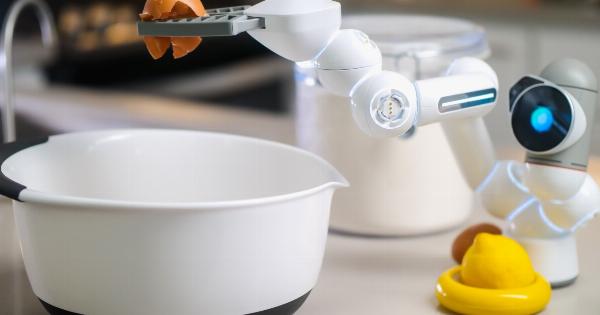Orthopedic surgery has been transformed with the integration of robotics in recent years. The use of surgical robots has allowed for greater precision and accuracy in procedures, leading to improved outcomes and reduced recovery time for patients.
The Advantages of Robotics in Orthopedic Surgery
One of the biggest advantages of using robotics in orthopedic surgery is the increased accuracy of procedures. Robots are able to move with incredible precision, allowing for much more accurate incisions and placements of implants.
This leads to better outcomes for patients, as well as reduced recovery time and risk of complications.
Another advantage of robotic surgery is the ability to perform procedures less invasively. With traditional methods, larger incisions are often necessary to give surgeons access to the surgical site.
Robotic surgery allows for smaller incisions, which can result in less pain and scarring, as well as a shorter recovery time.
Finally, robotic surgery also allows for greater visualization during procedures.
With the use of cameras and other advanced technologies, surgeons are able to see the surgical site in greater detail, allowing for more accurate and precise incisions and placements of implants.
Applications of Robotic Surgery
Robotic surgery is used in a variety of orthopedic procedures, including joint replacement surgery and spine surgery.
Joint Replacement Surgery
In joint replacement surgery, robotics can be used to assist in the placement of implants. The robotic arm is able to make precise incisions and drill holes in the bone with greater accuracy than traditional methods.
This leads to better alignment of the implant, which can improve the longevity of the joint replacement and reduce the risk of complications.
Spine Surgery
In spine surgery, robotics can be used to assist with the placement of screws and other hardware during spinal fusion procedures.
The robotic arm can make accurate incisions and guide the placement of screws with greater precision than traditional methods. This can reduce the risk of complications, such as nerve damage, and improve the outcomes of the procedure.
The Future of Robotics in Orthopedic Surgery
The use of robotics in orthopedic surgery is growing rapidly, and it is expected to continue to expand in the coming years. As technology continues to improve, the capabilities of surgical robots will continue to advance.
One area where robotic surgery is expected to make a significant impact is in the field of minimally invasive surgery.
With the use of robots, it may be possible to perform even more complex procedures with smaller incisions, leading to reduced recovery times and better outcomes for patients.
Another area where robotic surgery may be used in the future is in the development of personalized implants. With the use of 3D printing technology, it may be possible to create implants that are tailored to the individual patient’s anatomy.
Surgical robots could then be used to guide the placement of these personalized implants with incredible precision.
Conclusion
The integration of robotics in orthopedic surgery has transformed the way that procedures are performed. With greater accuracy and precision, surgical robots have improved outcomes and reduced recovery times for patients.
As technology continues to improve, we can expect to see even more advances in the field of robotic surgery.
























